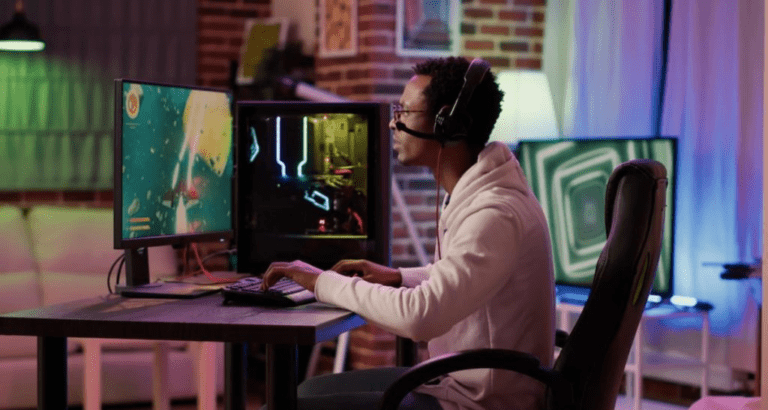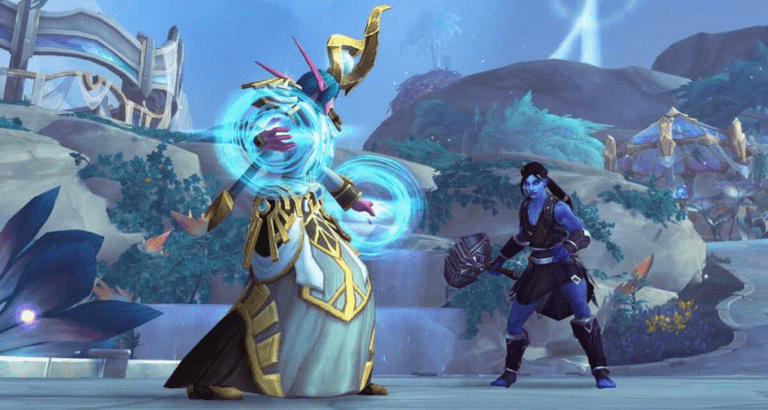Mobile gaming is huge, but making a great phone game isn’t the same as making one for a console or PC. Mobile games are quite unique: people play them on all sorts of devices, often for just a few minutes at a time while waiting in line or on a bus, and they typically use their fingers on the screen to play.
Because of this, understanding what makes a great mobile game design is paramount for those looking to create incredible mobile gaming experiences. Below, we’ll talk about fundamental aspects of designing a mobile game and pitfalls to avoid!
The foundations of great mobile game design
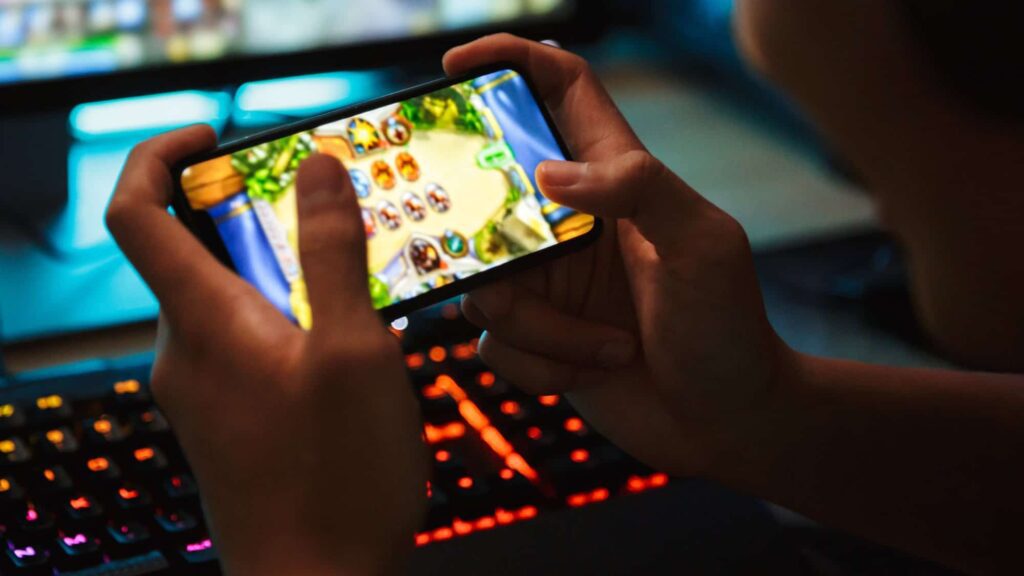
You can’t just take a game made for a big screen with a controller and shrink it down, no. It needs a whole different way of thinking.
Good mobile design aims for a few core things: first, it needs to be intuitive – easy for players to figure out how to play within moments of starting. It also needs to be engaging, making those short bursts of playtime feel fun and rewarding so players want to come back later.
Controls need to feel natural and work well with just touching the screen. And the game has to run smoothly, without freezing or lagging, on various phones and tablets, not just the top-end ones.
Getting these things right is key because they directly impact whether players will keep playing your game in a busy app store filled with thousands of other options. Let’s discuss them in detail below.
UI & UX in mobile games: making it easy to see and play
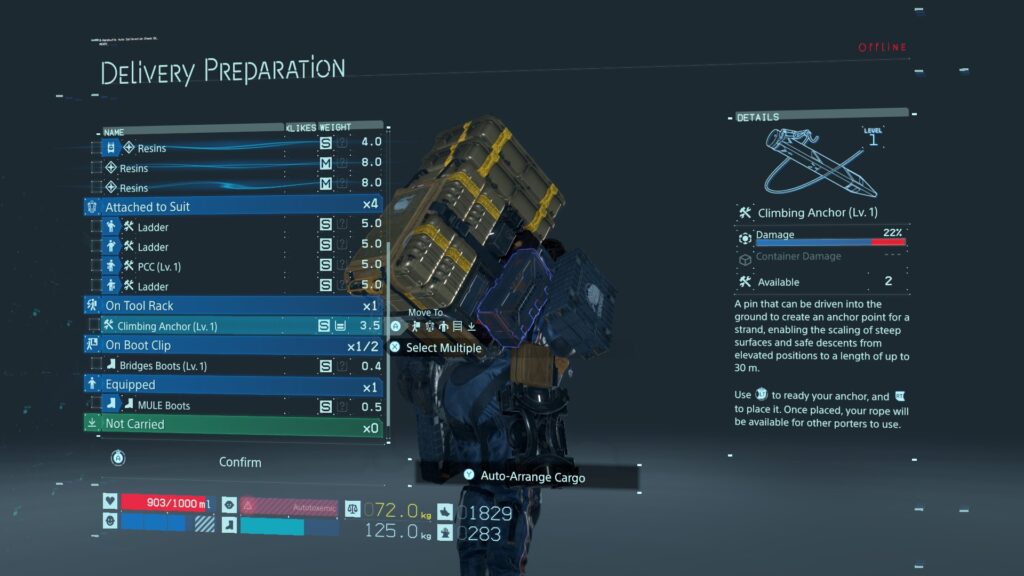
When you’re designing for a screen that fits in your hand, the user interface (UI) and user experience (UX) are incredibly important. These two things are all about making the game clear, easy to understand, and enjoyable to interact with.
Let’s tackle UI first. This relates to everything you see on the screen: the buttons you tap, the menus you open, your character’s resource bars, the score counter, minimaps, and so on.
On a small mobile screen, these need to be designed carefully:
- Buttons need to be big enough for your finger to hit accurately without accidentally tapping something next to them;
- All the information needs to be clear and readable, even if the text is small;
- The screen should not look messy or cluttered as you want players to be able to see the actual game;
- Everything should look and work consistently across different screens in the game so players aren’t confused when they go from playing a level to checking their inventory.

Now, UX is about how the whole thing feels to use. It’s about making the game smooth and logical from the moment you open it.
Does it load quickly? Are the menus easy to find and understand without needing a long tutorial? Does the game clearly show you what you should be doing or working towards? Good UX means you don’t feel frustrated by the game’s interface or how you move through it.
Because players interact with the game via touch, testing the UI and UX constantly on different devices is vital. What feels fine on a big tablet might be impossible on a smaller phone, for example.
Beyond those elements, don’t forget that looks matter. An appealing and consistent art style is important – everything should look like it belongs in the same world.
However, making things look good may also bring performance issues. The game needs to run with no stutters and crashes, and it must not make phones overheat. Balancing nice visuals and detailed graphics with an optimized game sure is a challenge, but one you must overcome to ensure the best possible UX.
Game mechanics and feedback loops

The core of any game is its mechanics – the rules that control how things work and what actions the player can take. For mobile games, they must be well-suited for quick play sessions. They should be simple enough to learn quickly, maybe in just a few minutes, so someone can pick up the game while waiting for a coffee and understand what’s going on.
But “simple to learn” doesn’t mean the game has to be boring or not challenging over time. The best mobile mechanics offer depth, meta-progression, or new challenges that keep things interesting for players who play it for weeks or months.
Just as important as the mechanics are the feedback loops. This means the way that the game immediately tells you the result of your actions. When you tap to jump, does the character jump right away? When you shoot an enemy, do you see a hit effect, hear a sound, and see damage numbers pop up instantly?
Immediate feedback is super important on mobile because players might be playing in noisy places or only half-paying attention. Usually, they need to know right away if they did the right thing; better yet if it’s positive (like earning power-ups and unlocking new features).
Ever wondered why achievements are a thing? Well, now you know half of the story.
Great mobile game controls
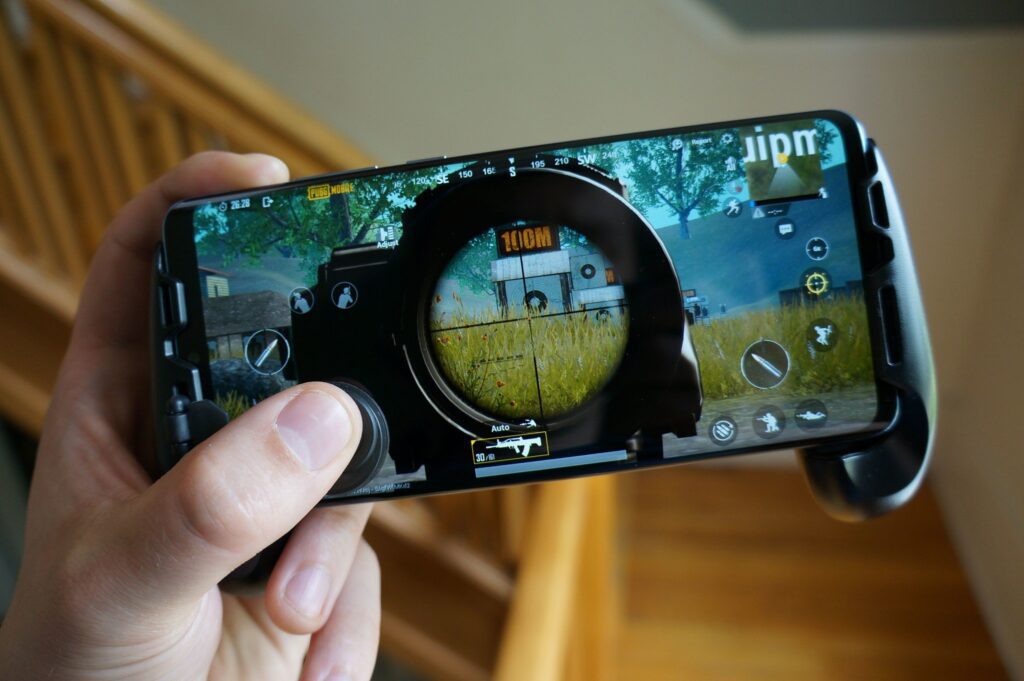
Most mobile games rely on using your fingers to control the action by touching the screen. So designing controls that feel good, respond instantly, and don’t cause players to accidentally do the wrong thing is incredibly important for mobile game design.
There are many different ways to use touch for controls, and the best choice depends completely on the type of game.
Simple games might just need taps on the screen to move or interact. Other games might use swipes for characters to move or perform actions. Dragging might be used to move objects around or aim weapons. Many action games or shooters use virtual joysticks and buttons that show up on the screen where your fingers touch.
Whatever the choice, the chosen method must feel natural and easy to use for the specific gameplay. Designers also need to think about whether the game is best played holding the phone with just one hand (great for quick plays on the go) or requires both hands (like your usual MOBA).
Giving players options to customize where buttons are placed on the screen or offering different control schemes can also make the game more comfortable and accessible for more people.
Common pitfalls in mobile game design
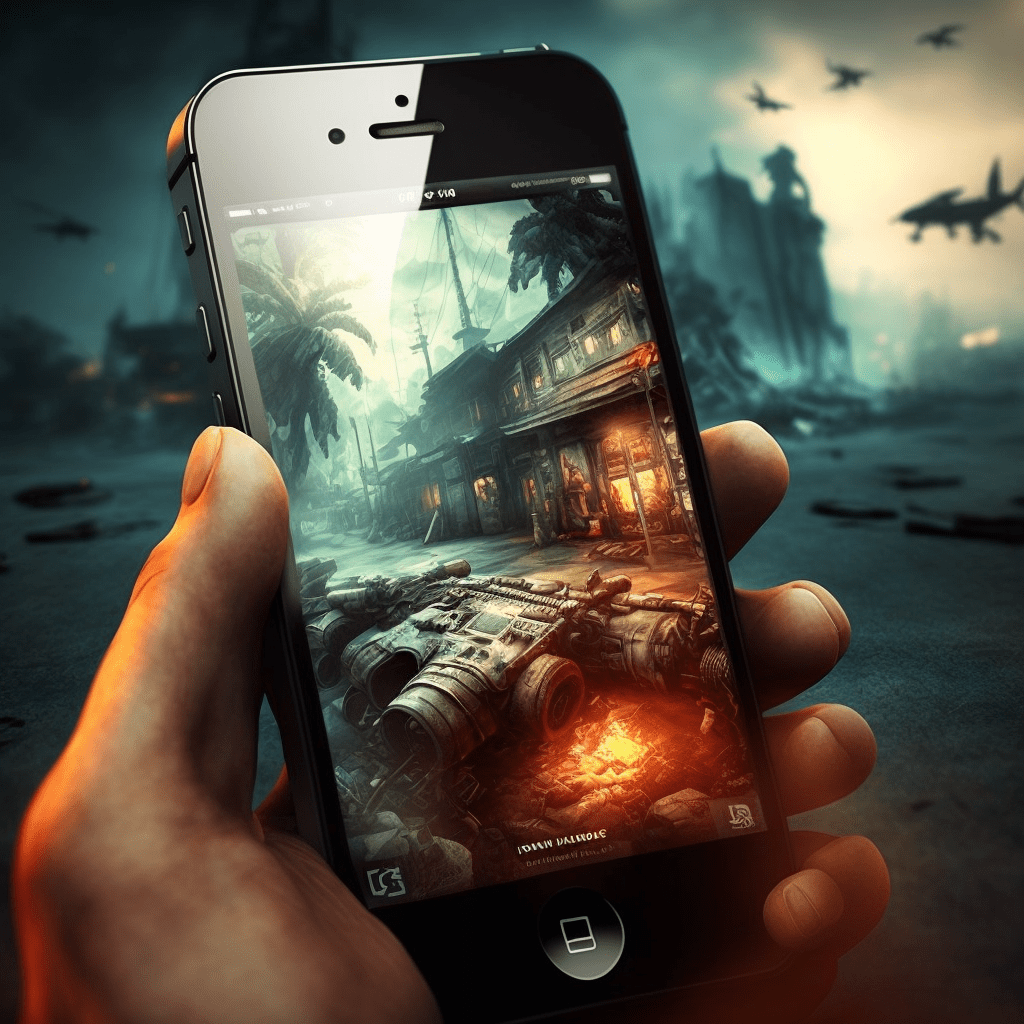
Even experienced developers can run into trouble when making mobile games. There are several frequent mistakes, or common pitfalls in mobile game design, that can sink an otherwise good idea.
- Ignoring the mobile context: this means designing a game as if players are sitting comfortably at home for hours, when most are actually playing for a few minutes on a noisy train – most mobile games are designed to be short and/or played in bite-sized sessions;
- Overly aggressive monetization: we get it, games need to make money, but designing the game so that it constantly bombards players with ads or feels unfair unless you spend money on microtransactions ruins the fun and drives players away;
- Lack of clear progression: in mobile games, especially those played in short bursts, players need to feel like they’re always working towards something or making progress, even if cosmetic or, guess what, achievements. Of course, this doesn’t apply to every game, but it’s still good to keep it in mind;
- Not testing enough devices: developers might test the game only on a few high-end phones they own. But if the game looks wrong, runs poorly, or has UI issues on the wide variety of other devices people use, they’ve lost a huge chunk of potential players.
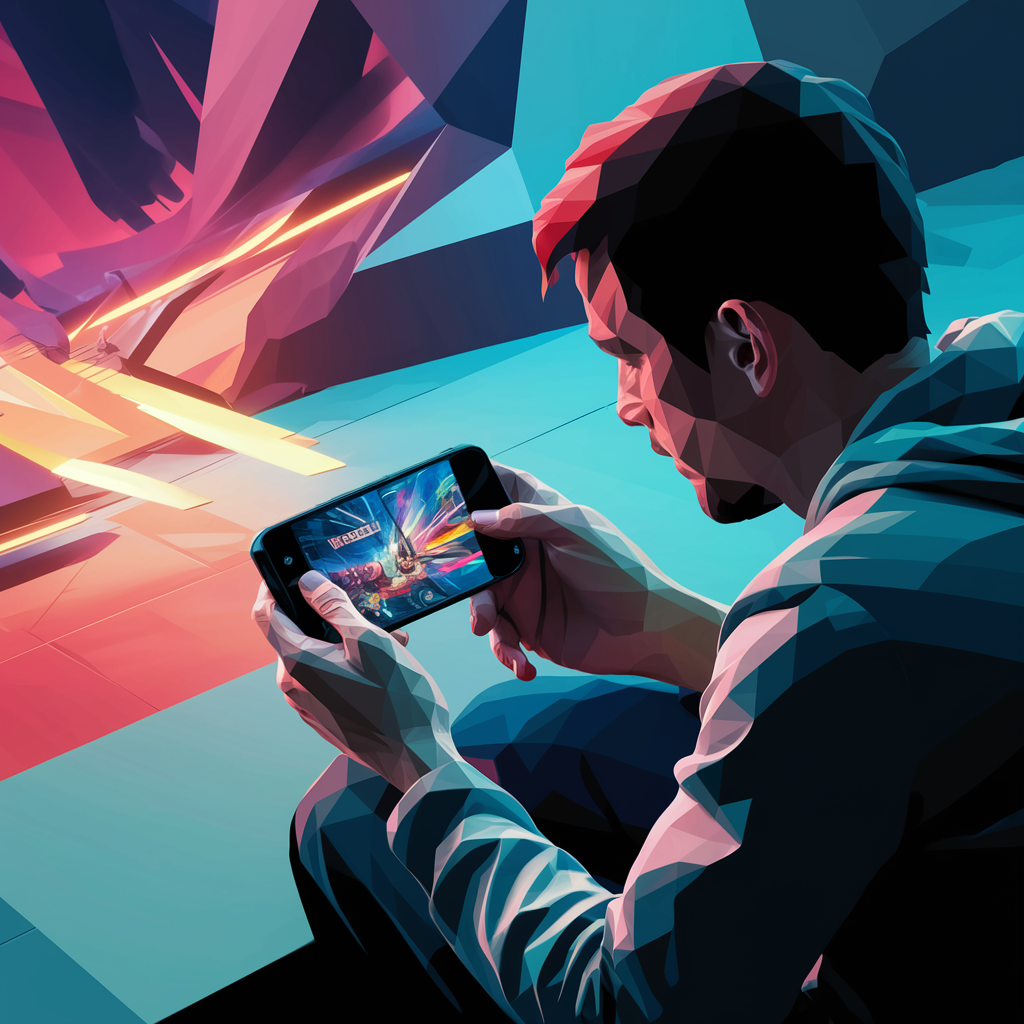
Mobile game design is a much deeper topic
Good mobile game design boils down to making the experience intuitive, engaging, rewarding, and feel natural right there in your hands.
Getting all these different pieces just right isn’t simple, but it’s what makes a game truly fun to pick up and play anywhere. Also, remember: one of the best ways to know if your design is working is to test it with different real players on lots of different phones.
Building a mobile game that truly clicks with players takes hard-earned expertise. At Main Leaf, we pour our passion into creating mobile experiences people genuinely love, focusing on that perfect touch design and engaging feel.
Whatever game development help you need, mobile or not, from crafting the core game to skilled outsourcing for specific tasks, our team is ready – contact us below!
